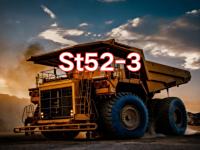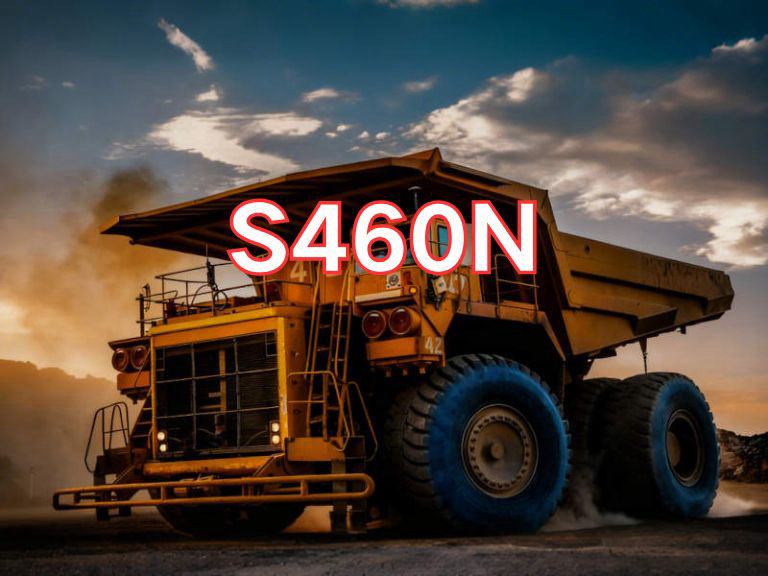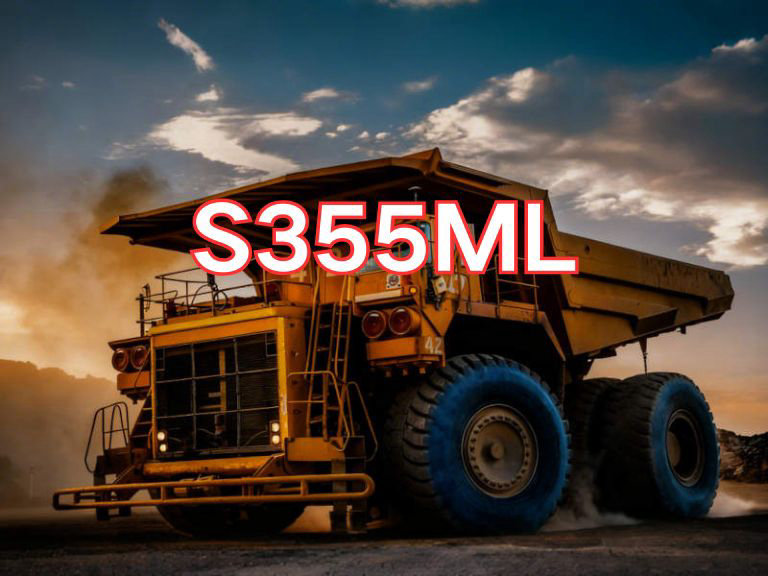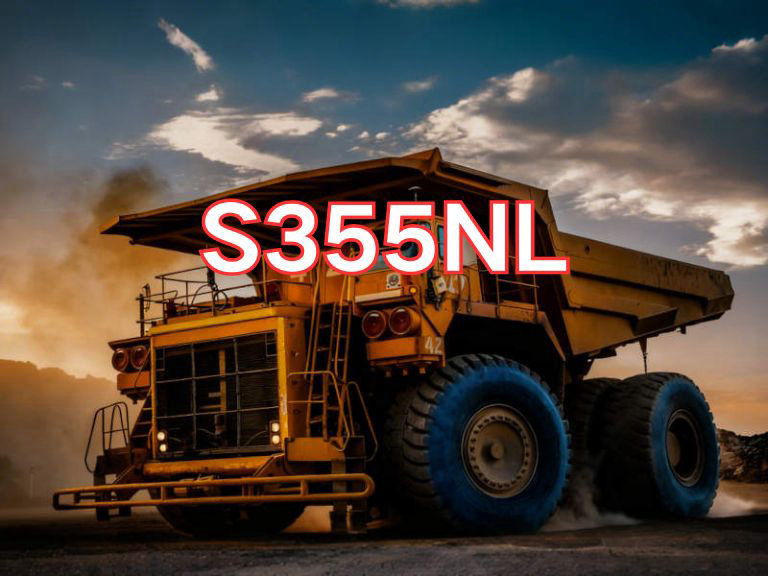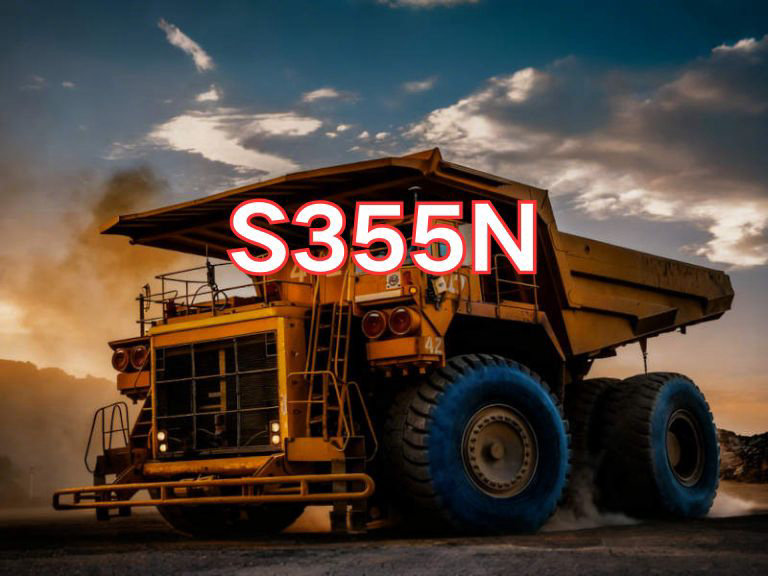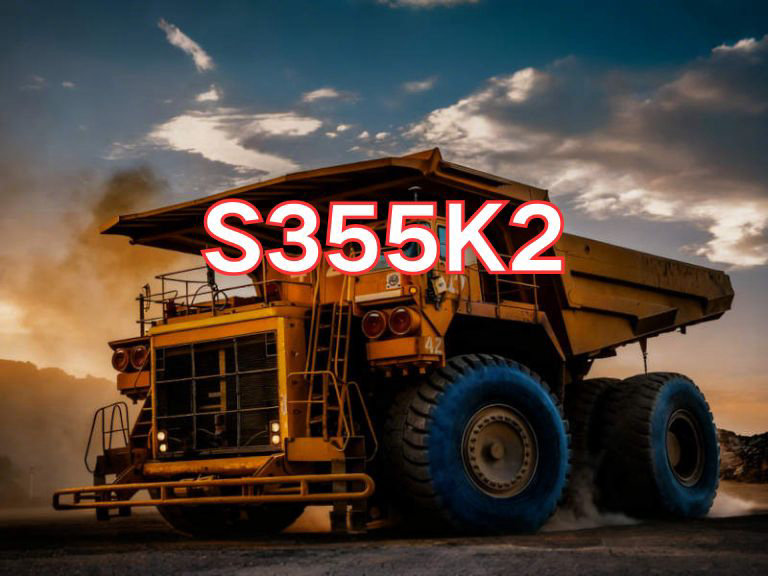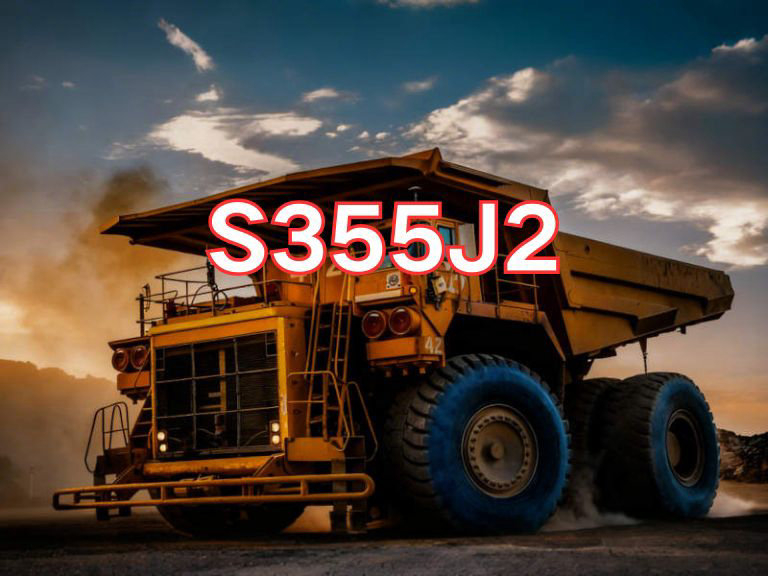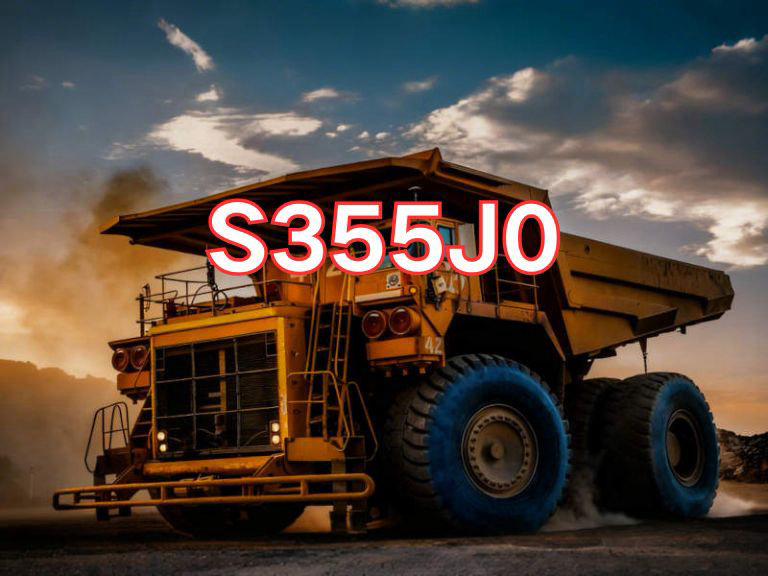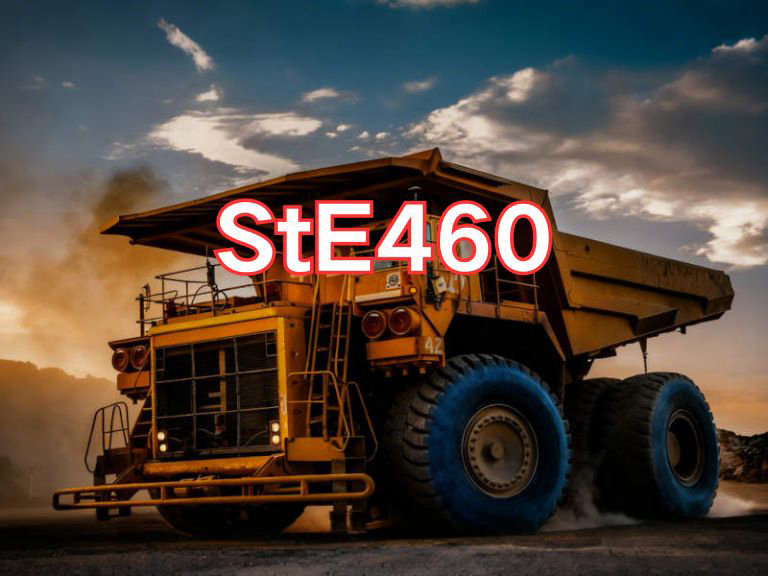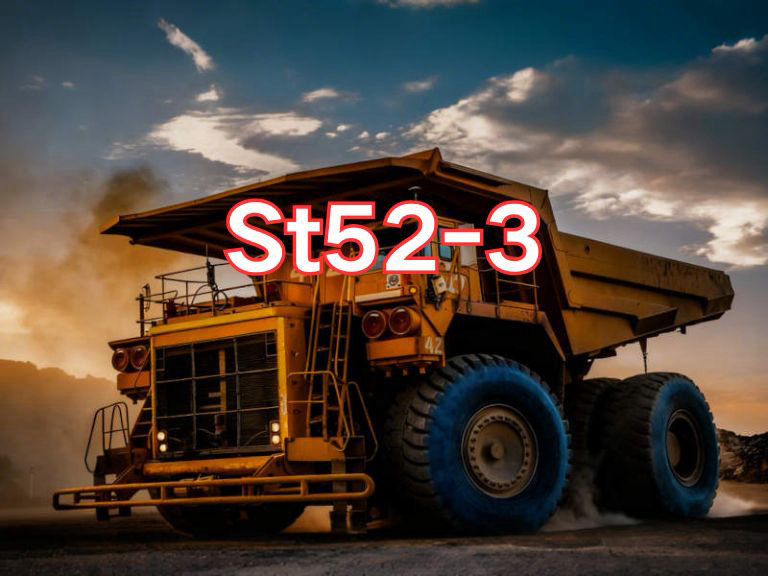

St52-3
St52-3 is a non-alloy high-strength structural steel whose designation originates from the German industrial standard (DIN) system and has since been superseded by European standards (EN). In the grade name, "St" is an abbreviation of the German word "Stahl," meaning "steel"; "52" indicates a specified minimum yield strength of approximately 52 kgf/mm², equivalent to about 510 MPa. However, this value reflects the older kilogram-force unit system; in modern standards, it corresponds practically to a minimum yield strength of 355 MPa (classified as S355 in EN standards). The suffix "-3" denotes the quality level, requiring the steel to meet specified Charpy V-notch impact energy values at room temperature (20°C), indicating good toughness and weldability suitable for welded structures.
St52-3 steel plate is widely used in various engineering structures where high strength and weldability are required. Typical applications include bridges, heavy-duty vehicles, construction machinery, cranes, building steel structures, pressure vessels, shipbuilding, mining equipment, and industrial plants and towers. Due to its significantly higher strength compared to general structural steels (such as S235), St52-3 enables reduced structural weight, lower material consumption, and optimized design while ensuring safety, thereby improving project economy and efficiency. It is particularly suitable for load-bearing components subjected to substantial static and dynamic loads, such as beams, columns, trusses, bracing systems, and critical connection nodes.
The main characteristics of this grade lie in its balanced mechanical properties and excellent workability. As a non-alloy high-strength steel, St52-3 achieves a favorable combination of high strength, good ductility, and toughness through optimized carbon-manganese composition and controlled hot-rolling processes. It has a low carbon equivalent (CE), resulting in excellent weldability. Conventional welding methods (such as SMAW, GMAW, SAW) can be used without preheating or with only minimal preheating for thicker sections or cold environments, facilitating on-site fabrication. Additionally, the steel offers good cold-forming capability, fatigue resistance, and atmospheric corrosion resistance. Special orders for Z-direction properties (lamellar tearing resistance) are also available upon customer request.
Currently, St52-3 is no longer a formal grade in active standards. Its technical requirements have been replaced by the European standard EN 10025-2:2019, "Hot-rolled products of structural steels – Part 2: Technical delivery conditions for non-alloy structural steels." Published by the European Committee for Standardization (CEN), this standard is now widely adopted across Europe and many other regions globally. Within EN 10025-2:2019, the properties of St52-3 are approximately equivalent to grades S355J2 or S355J0, depending on impact energy requirements. The standard specifies detailed requirements for chemical composition, mechanical properties, impact toughness, dimensional tolerances, and inspection procedures, providing a unified technical basis for modern structural steel design, manufacturing, and acceptance. Although "St52-3" is still occasionally referenced in some engineering contexts, current production and trade use the newer EN designations.

Ultrasonic Testing (UT)
A key non-destructive testing technique that uses high-frequency sound waves to detect internal flaws in steel plates. The probe emits sound waves, which reflect when encountering defects such as cracks or inclusions. The receiver captures the echoes, enabling precise determination of defect location and size. With high sensitivity, strong penetration, and fast inspection speed, UT effectively ensures internal quality, widely used in the production of heavy plates, pressure vessel plates, and other high-end products to guarantee safety and reliability.

Magnetic Particle Testing (MT)
A common surface inspection method that magnetizes the workpiece, causing leakage magnetic fields at surface or near-surface defects like cracks or inclusions, which attract magnetic particles to form visible indications. Simple to operate and highly sensitive, MT is suitable for rapid inspection of surface and near-surface flaws in ferromagnetic materials, widely used for online or offline inspection of plate edges, ends, and welds, ensuring product quality and safety.

Penetrant Testing (PT)
A non-destructive method for detecting surface-breaking flaws. A penetrant liquid is applied to the cleaned steel surface, allowing it to seep into defects such as cracks or pores. After removing excess penetrant, a developer is applied, causing the trapped penetrant to bleed out and form visible indications. Simple and cost-effective, PT is suitable for inspecting surface defects in various non-porous materials, commonly used for welds, castings, and complex components, effectively ensuring surface quality of steel plates.

